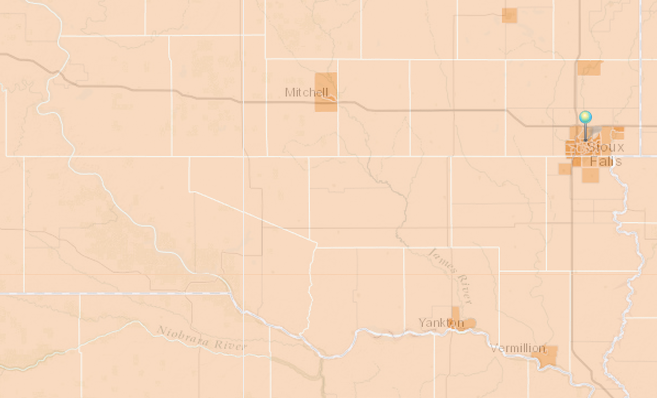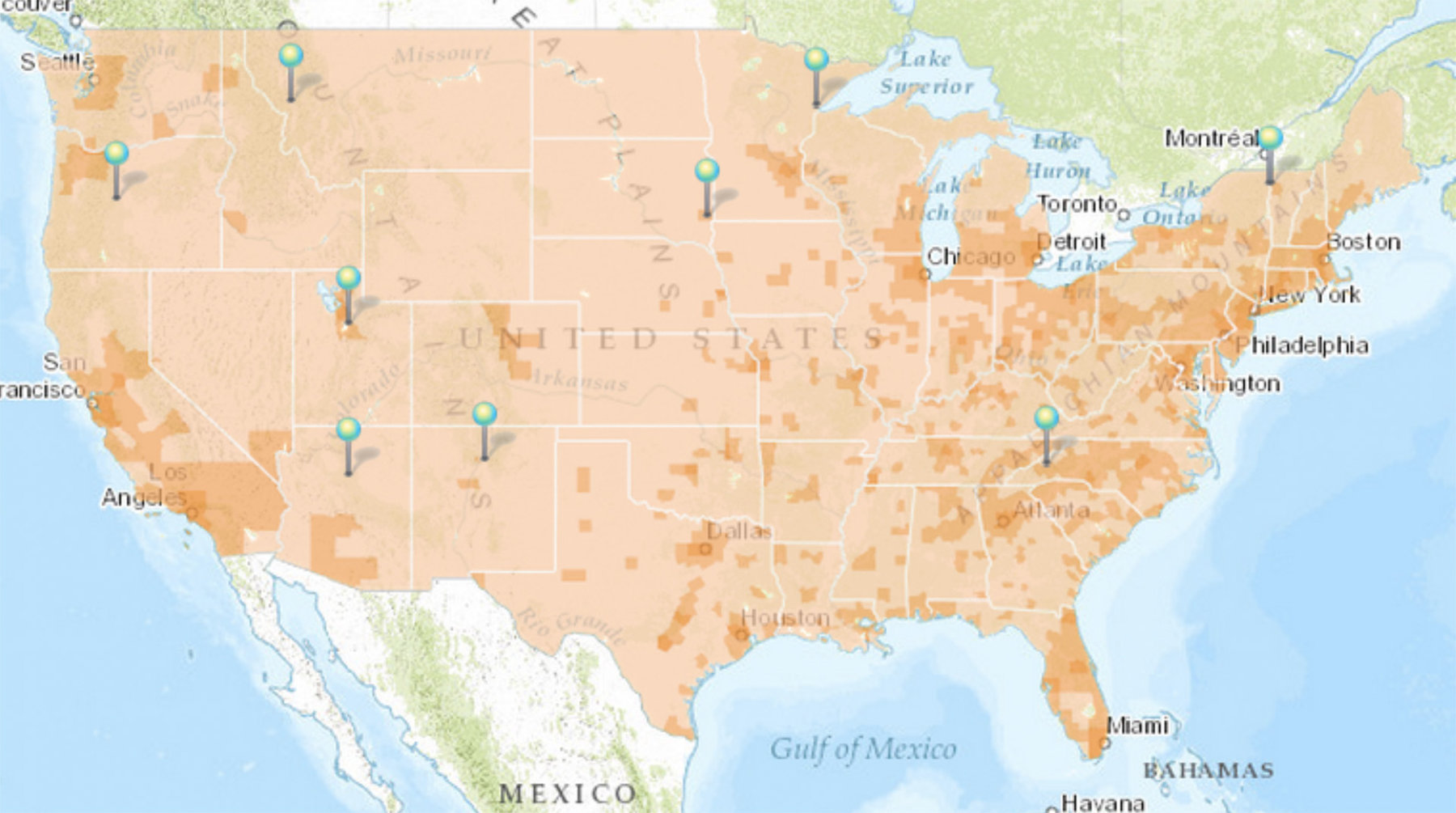As a reminder: a few weeks ago I noted that Sioux Falls, South Dakota, was proving economically resilient for a lot of reasons, one of which was its “fringe city” status. By national standards Sioux Falls is small-ish, but it’s the biggest city in the state and has increasingly become the regional metropolis — the place where people come to do their shopping, get their medical care, and in many cases pursue their business ambitions.
Something similar is of course true of Burlington, Vermont: tiny by national standards, dominant within its state and much of the environs.
The mayor of a city that has similarities to Sioux Falls and Burlington has just sent this extremely interesting note. For the moment I am not naming him or his city, partly because I have not heard back from him about doing so and also because his city is very much on our list for a visit. I turn the podium over to him.
I was particularly interested in your recent story about Burlington. I believe there is a new class of city emerging across the country which are positioned to succeed in the coming decade – a class of city that has not yet been identified on a national scale.
This city is a small/mid-sized regional center. The population range I have been studying are cites between 50-125k. These cities are defined by natural beauty, outdoor recreation, strong and supportive arts community, entrepreneurial spirit, progressive outlook, and a strong sense of place and ethos connected to the place people choose to live. Cities like Burlington, Asheville, Flagstaff, Bend, Missoula, Santa Fe, Provo, and Duluth.
These cities are all at least a couple hours outside of the major metro in their area, which affords them their own character and identity. They are popular destinations for the metro – primarily tourism, but increasingly companies are coming to realize they can locate in these small cities and find the talent they need to find. Because this is where the talent wants to live.
I agree on all points, and it is a pattern that is becoming increasingly evident and interesting to us, and that we’ll plan to say more about.
A word about maps: The screenshot above shows the cities mentioned in the mayor’s note, along with Sioux Falls, on an Esri map of population density across the country. If you switch over to our Geoblog page, you’ll be able to scroll around and zoom on each city to see the regional dominance patterns the note is referring too. For instance, this is Sioux Falls’s position at the eastern edge of a Dakota/Nebraska plains region.





